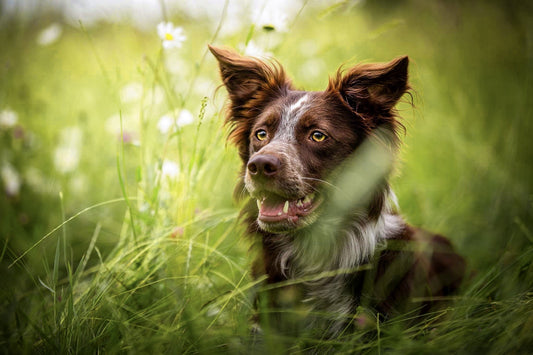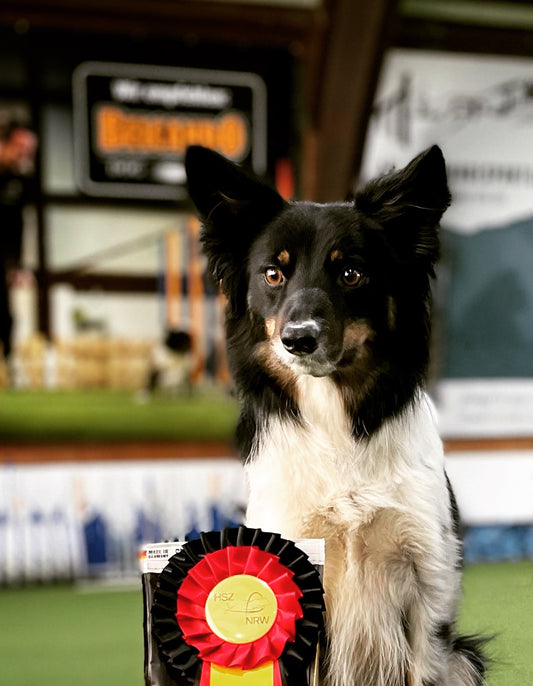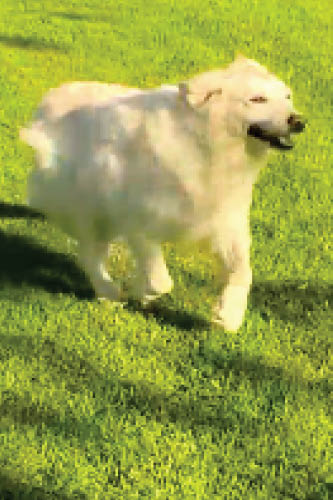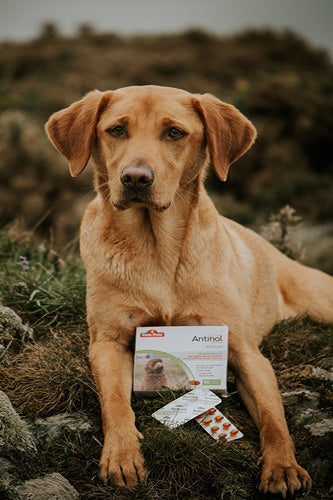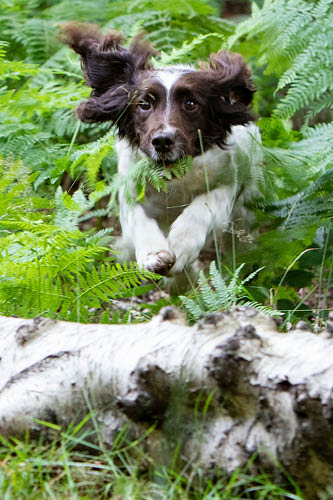Treating osteoarthritis in a pet can seem like a minefield of confusion. Natasha Dacre RVN is a Vet Assistant at Chorley Vets , a small animal clinic in Lancashire. These are her top tips for treating osteoarthritis in cats and dogs. It's easy when you know how, but even the smallest of changes can make the biggest difference for our furry friends.
Stay mobile

It is important to stay mobile gently! Maintaining movement is key, but in moderation and always dependent on the person.
Shorter, more frequent walks per day are more beneficial than one long walk. Walking for too long is likely to increase lameness. In fact, high impact/intensity walks can drastically deteriorate joints and cause irreversible damage.
When moving, remember to warm up and cool down at the beginning and end
from every walk. Dry your pet when wet and let them lie on a non-slip blanket after they cool down.
Keep a journal

Does your pet sleep downstairs more often to avoid stairs? They are not
jump off sofas/surfaces? Can they jump into the car or is a ramp required? Do you avoid hard laminate or tile floors? How is their coat condition, are they groomed?
Observing and keeping an OA journal will not only help you understand gradual changes in behavior, but will also help your OA clinic in treating your pet.
Consider the following:
- How your pet reacts to walks
- How long your dog walks without a leash
- Are they behind?
- Do you have trouble getting into a comfortable position?

behavior changes
Animals will change their behavior to compensate for pain. Cats in particular, being non-pack animals, tend to be very stoic and mask lameness with reduced activity. This can include:
- Going out for shorter periods
- Sleep more often
- Stop Chasing Reduce the frequency with which they go to the bathroom
- Squat down to pee instead of straightening your leg
- Peed on the carpet
- care less often
- A change in general behavior after particularly cold and/or wet weather
As pet owners, we sometimes have to change our minds too! Don't let the pet jump in or out of your arms. Jumping from arm height to the floor has a very strong impact on the pet's joints and is commonly seen in veterinary surgeries.
prevent fight

When it comes to osteoarthritis, small adjustments can make a big difference. For cats, you may need a flat-walled litter box to prevent them from having difficulty getting in and out. Use ramps and place baby gates on stairs to prevent them from straining themselves. Cover or remove smooth surfaces. Provide the pet with a rubber mat on slippery floors. Make sure all beds have low steps and consider buying orthopedic mattresses for arthritis sufferers.
A safe source of heat, radiator beds or a cuddly safe can also help to relieve joint pain. Groceries should also be accessible and at a comfortable height. So floor height for cats and raised bowls for larger animals to relieve neck pain.
Place litter boxes both up and down for easy access.
diet
Weight loss may be required. Just under half of the UK pet population is overweight. Schedule an appointment with your RVN for a body condition assessment and weight assessment to relieve additional pressure from the joints.
Make sure your pet's diet is appropriate for their life stage.
personal hygiene

Finally, pay attention to the length of the nails, especially in elderly patients. Longer nails
affecting balance and the way pressure is applied to the paws.
For more guides and tips on how to deal with your pet's OA, say hello to Natasha and the team by following them:
A huge thank you to handsome Fergus (the wonder dog), his sister Bonnie and mom Aimee for providing us with all the great images used in this article!


